Spheron Architects argues for the value of emotion in architecture
The world is changing and architecture is adapting, and a new wave of young practices in London emerges. They are armed with bold ideas, digital tools, new studio set ups and innovative designs and approaches. In our Next Generation series, join us in hailing this nexus of exciting studios from the UK capital through an ongoing series of weekly profiles. Tszwai So and Samuel Bentil-Mensah of Spheron Architects make an argument for bringing back emotion into the design process in architecture.
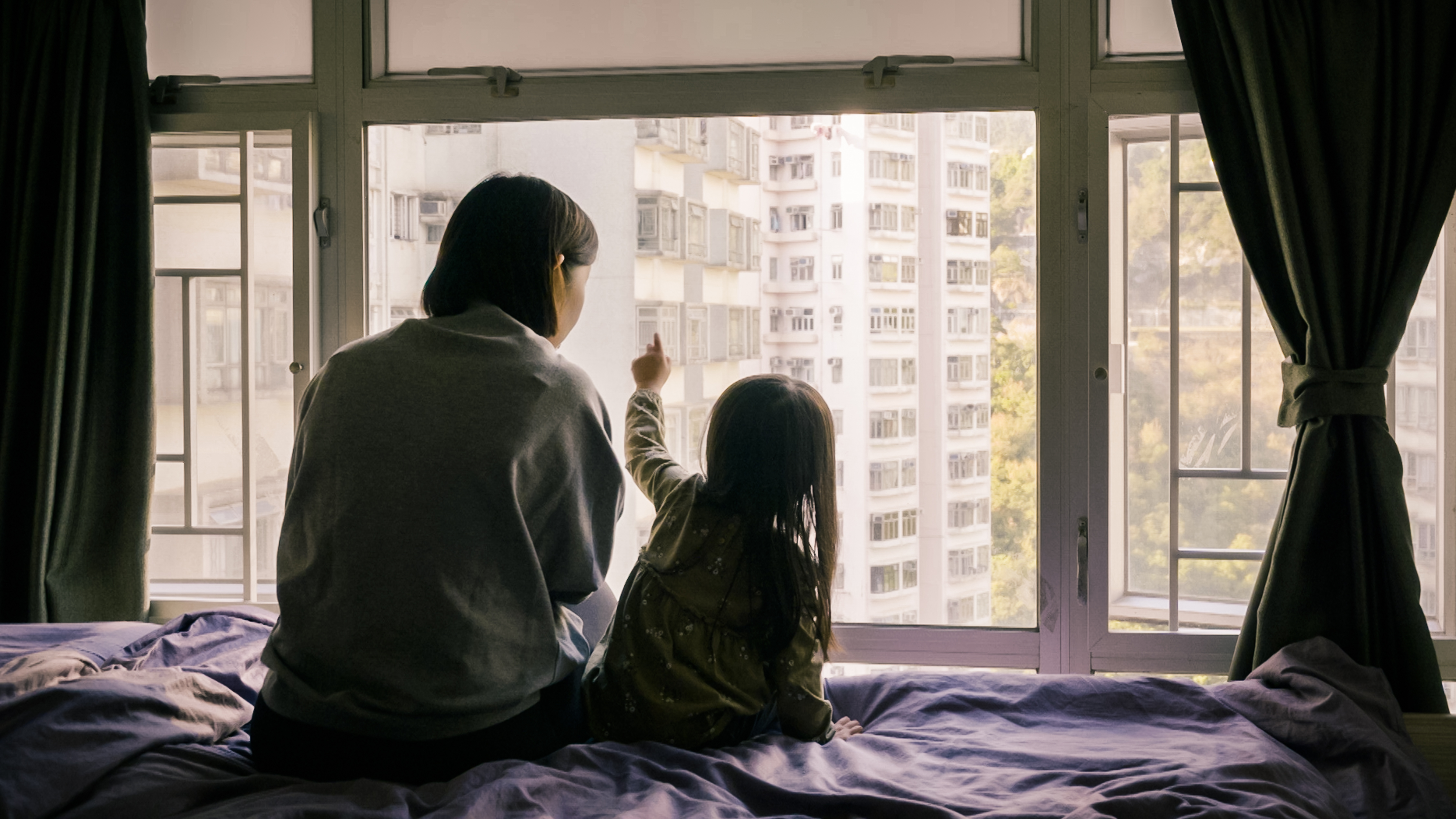
If you ask Tszwai So, London-based architect and one half of boutique studio Spheron, to talk about his work, it won't take long before the discussion turns to the subject of emotion. It is an area that So, who set up Spheron in 2011 with Samuel Bentil-Mensah (the technical director to So's creative lead) feels passionate about.
‘I cannot agree more with the remark Malcolm Gladwell once made, when he was addressing an audience from the real estate industry, that ‘we very often gloss over the emotional and psychological implications of what you are doing (creating the built environment), but the built environment matters not just on some kind of practical or economic or aesthetic level, but it matters in the way that is intimate to the way people navigate their own lives…’, he explains. ‘Emotional intelligence is perhaps too often disregarded in architectural training in favour of abstract intellectual reasoning, a design that would win architects over does not necessarily move people’s hearts.'
Spheron, a five-people-strong outfit seeks to address this. The studio's work ranges from housing to commercial, cultural and religious projects, and spans the small and the larger scale. They have constructed London’s only wooden church for the Belarusian diaspora community – a 2017 completion they consider a breakthrough one for the practice. They are currently working on residential work and building the new headquarters for the world’s oldest specialist in vintage Rolls Royce and Bentley cars.
The common thread in all is a sensitive approach that places the understanding – both through logic and emotion – of the context of each commission, to result in a design that is ‘emotionally engaging.' This, explains So, is more about nuances and complexities in all levels within the conceptual solution, rather than the design per se.
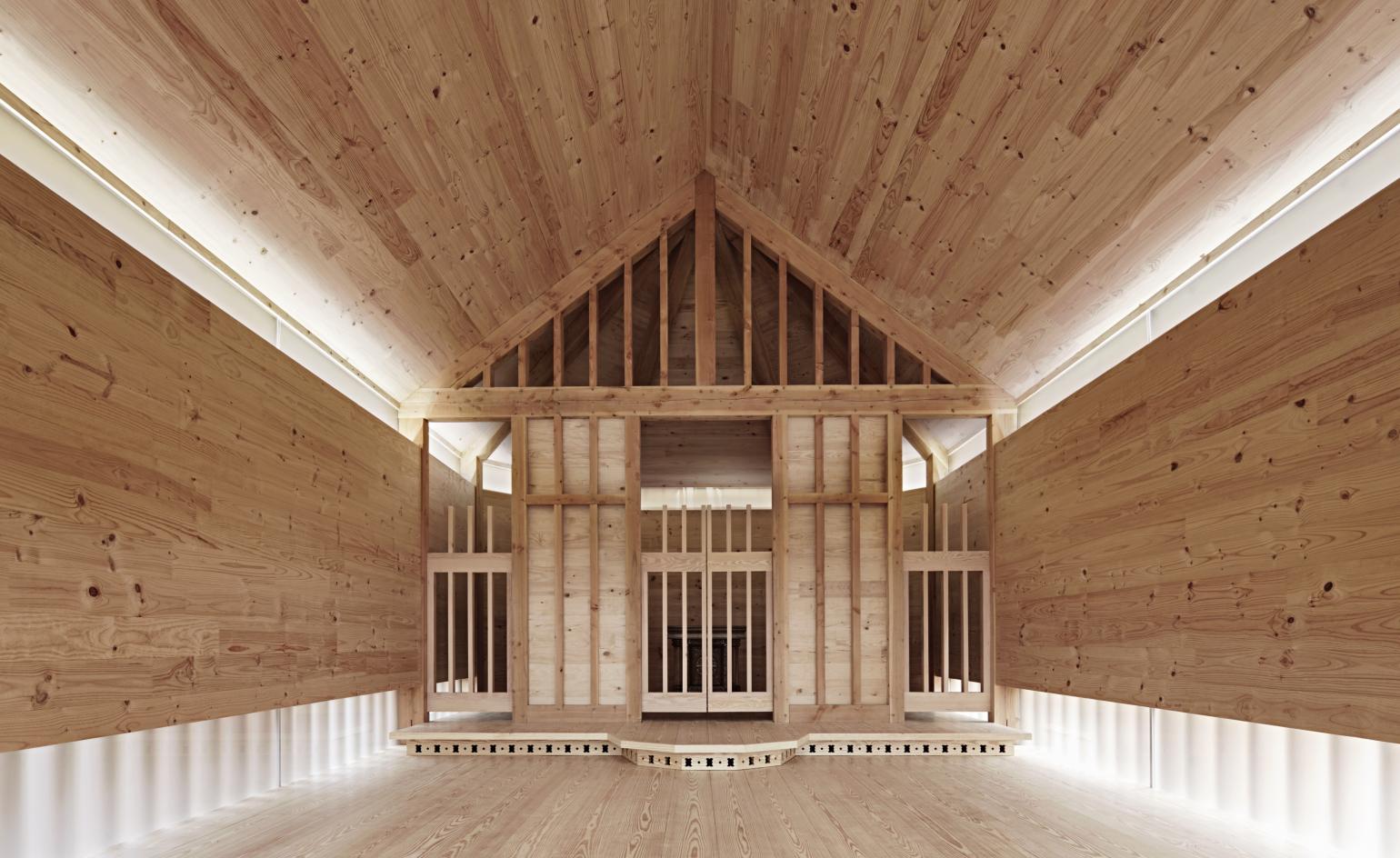
Belarusian Memorial Chapel. Photography: Joakim Boren
One of their most recent works is the design for EU’s first ever Pan-European Memorial for ‘all victims of 20th century Totalitarianism'. Called An Echo in Time, it was conceived around the letters written by those affected to their loved ones, drawing on their powerful emotional impact. The scheme, the result of an open competition, is set to be built at the Jean Rey Square in Brussels. The carefully selected letters will be enlarged and permanently embedded within new paving slabs, encouraging passers-by to read them.
The studio's explorations in emotional life, notions of collective memory and human relationships are key to each and every undertaking, combined with appropriate research and a strong site specific approach tailored to their clients – ‘I always try to resist any preconceived ideas and to repress my ego at the beginning of each project,' says So.
RELATED STORY
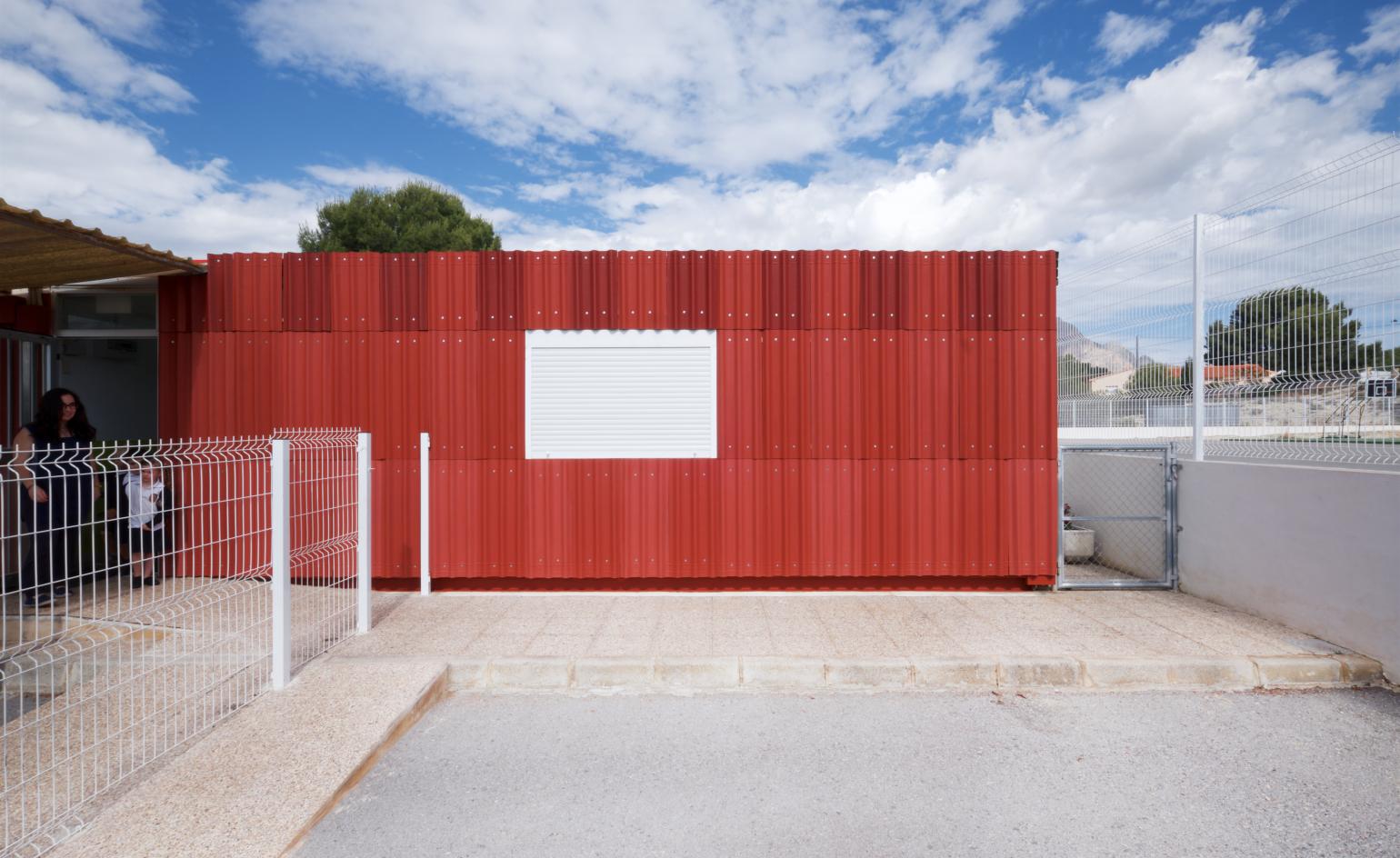
‘Our body of work is primarily concerned with the subjective connection between human emotions and the built environment, and a lot of this relationship is linked to memory and identity,' he adds. ‘We believe that fundamental architectural drivers, function and sustainability, must be joined by emotion. This is not just an appeal to aesthetics, which has been hijacked in the past by utilitarianism and commercial expediency. We therefore avoid a signature style of recurring visual attributes, instead approaching the task of design with a view to instilling buildings with meaning, with human resonance.'
An active member of the architecture community beyond building, So is also involved in filmmaking, curatorship, teaching and writing about architecture. Most recently he teamed up with architectural critic and author Herbert Wright to submit a proposal for the theme and curation of the 2022 Talin Architecture Biennale – they ended up among the five shortlisted proposals.
‘We call ourselves the ‘Emotionalists’, we believe in creating art and architecture based on the supremacy of human emotions, responding directly to the potentially existential challenge of digitalisation,' says the architect. The Tallinn proposal may not have been selected as the winner, but So's quest to expand on themes of home, human emotion and the built environment continues in an upcoming film: E-motion-Al City. Made in collaboration with Hong Kong conglomerate the Chinachem Group, the art film is planned to debut at the Venice Biennale of Architecture 2021.
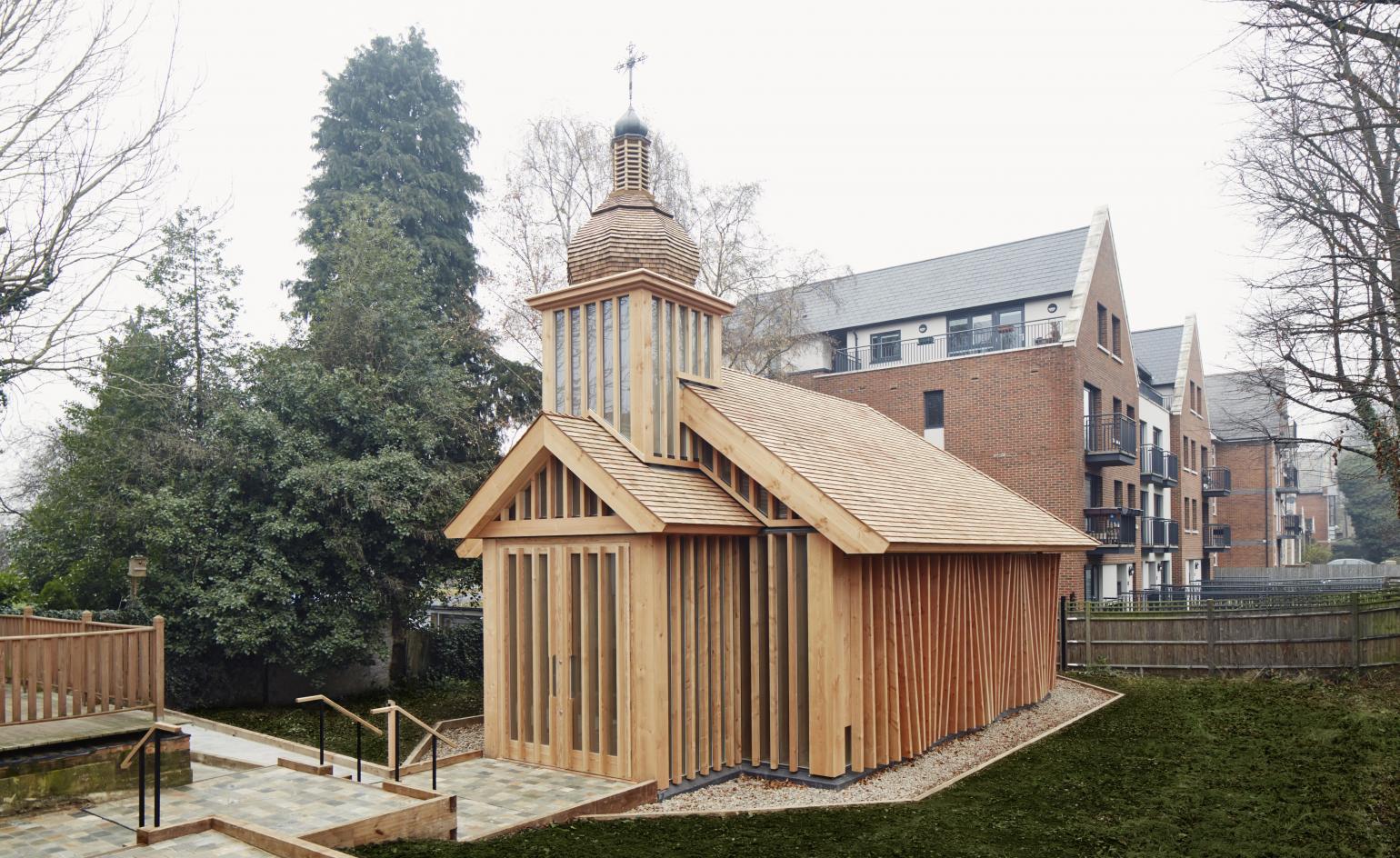
Belarusian Memorial Chapel. Photography: Joakim Boren
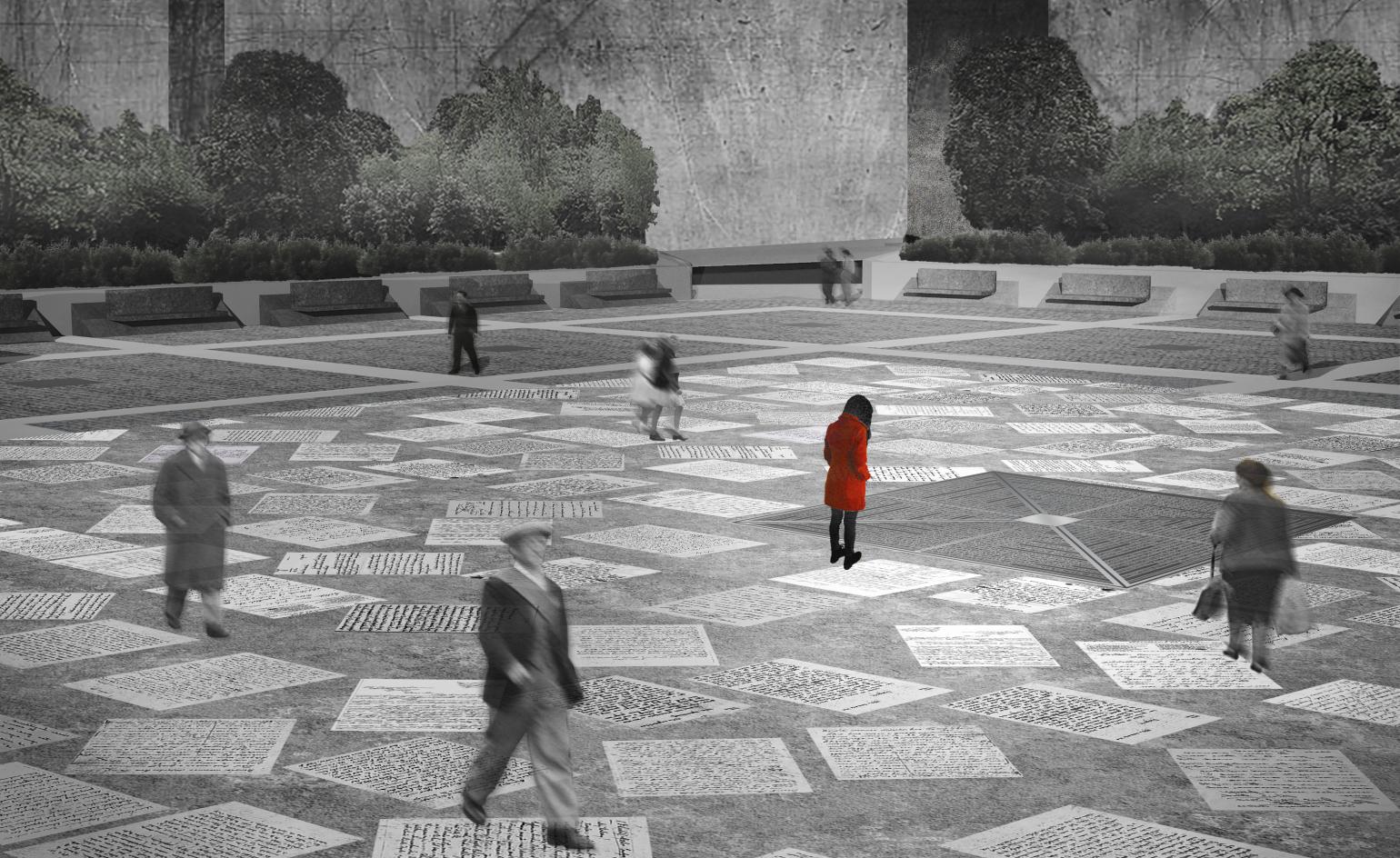
An Echo in Time memorial

E-motion-Al City film still
INFORMATION
Receive our daily digest of inspiration, escapism and design stories from around the world direct to your inbox.
Ellie Stathaki is the Architecture & Environment Director at Wallpaper*. She trained as an architect at the Aristotle University of Thessaloniki in Greece and studied architectural history at the Bartlett in London. Now an established journalist, she has been a member of the Wallpaper* team since 2006, visiting buildings across the globe and interviewing leading architects such as Tadao Ando and Rem Koolhaas. Ellie has also taken part in judging panels, moderated events, curated shows and contributed in books, such as The Contemporary House (Thames & Hudson, 2018), Glenn Sestig Architecture Diary (2020) and House London (2022).
-
 Click to buy: how will we buy watches in 2026?
Click to buy: how will we buy watches in 2026?Time was when a watch was bought only in a shop - the trying on was all part of the 'white glove' sales experience. But can the watch industry really put off the digital world any longer?
-
 Don't miss these art exhibitions to see in January
Don't miss these art exhibitions to see in JanuaryStart the year with an inspiring dose of culture - here are the best things to see in January
-
 Unmissable fashion exhibitions to add to your calendar in 2026
Unmissable fashion exhibitions to add to your calendar in 2026From a trip back to the 1990s at Tate Britain to retrospectives on Schiaparelli, Madame Grès and Vivienne Westwood, 2026 looks set to continue the renaissance of the fashion exhibition
-
 This curved brick home by Flawk blends quiet sophistication and playful details
This curved brick home by Flawk blends quiet sophistication and playful detailsDistilling developer Flawk’s belief that architecture can be joyful, precise and human, Runda brings a curving, sculptural form to a quiet corner of north London
-
 A compact Scottish home is a 'sunny place,' nestled into its thriving orchard setting
A compact Scottish home is a 'sunny place,' nestled into its thriving orchard settingGrianan (Gaelic for 'sunny place') is a single-storey Scottish home by Cameron Webster Architects set in rural Stirlingshire
-
 Porthmadog House mines the rich seam of Wales’ industrial past at the Dwyryd estuary
Porthmadog House mines the rich seam of Wales’ industrial past at the Dwyryd estuaryStröm Architects’ Porthmadog House, a slate and Corten steel seaside retreat in north Wales, reinterprets the area’s mining and ironworking heritage
-
 Arbour House is a north London home that lies low but punches high
Arbour House is a north London home that lies low but punches highArbour House by Andrei Saltykov is a low-lying Crouch End home with a striking roof structure that sets it apart
-
 A former agricultural building is transformed into a minimal rural home by Bindloss Dawes
A former agricultural building is transformed into a minimal rural home by Bindloss DawesZero-carbon design meets adaptive re-use in the Tractor Shed, a stripped-back house in a country village by Somerset architects Bindloss Dawes
-
 RIBA House of the Year 2025 is a ‘rare mixture of sensitivity and boldness’
RIBA House of the Year 2025 is a ‘rare mixture of sensitivity and boldness’Topping the list of seven shortlisted homes, Izat Arundell’s Hebridean self-build – named Caochan na Creige – is announced as the RIBA House of the Year 2025
-
 In addition to brutalist buildings, Alison Smithson designed some of the most creative Christmas cards we've seen
In addition to brutalist buildings, Alison Smithson designed some of the most creative Christmas cards we've seenThe architect’s collection of season’s greetings is on show at the Roca London Gallery, just in time for the holidays
-
 In South Wales, a remote coastal farmhouse flaunts its modern revamp, primed for hosting
In South Wales, a remote coastal farmhouse flaunts its modern revamp, primed for hostingA farmhouse perched on the Gower Peninsula, Delfyd Farm reveals its ground-floor refresh by architecture studio Rural Office, which created a cosy home with breathtaking views